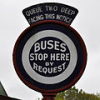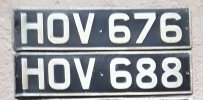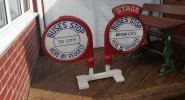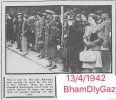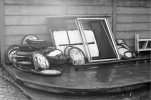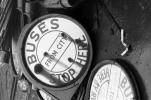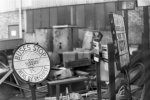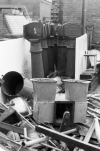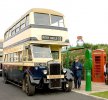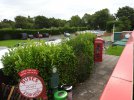DavidGrain
master brummie
Before anyone says EU, bus stops in Germany usually are yellow and have a large capital H for Haltestelle so it is not an EU regulation.Is'nt it strange that we were able to understand the sign and the words Bus Stop wherever they were and di not have to have a picture of a bus, to indicate what they were and now comes the serious question, fingers poised for the answer. Are the modern bus stop signs a legal requirement brought in by statute or are they just up by general agreement to take away the last vestiges of individuality from towns and countryside?
Bob
For a bit of fun look at
bus stop signs - Google Search
www.google.com


